The purpose of this new blog post is to inform job seekers about the meaning and significance of the color blue in resumes or curriculums. The post will cover the psychology of blue, its associations, and connotations, as well as provide examples of how to effectively incorporate blue into a resume or curriculum vitae to convey a professional and dependable image to potential employers.
Definition and psychology of the color blue
The color blue is often associated with feelings of calmness, trustworthiness, and dependability. It is also associated with professionalism and reliability. In terms of psychology, blue is known to have a calming effect and can evoke feelings of trust and security. It is also associated with intelligence, wisdom, and serenity. Blue is often used in corporate settings and is a popular choice for businesses and institutions that want to convey a sense of professionalism and trustworthiness.
Explanation of the significance of blue color in resumes or CVs
Incorporating blue into a resume or CV can be a strategic way to convey a professional and dependable image to potential employers. Blue is a color that is commonly associated with trust, dependability, and professionalism, so using it in a resume or CV can help to communicate these qualities to hiring managers.
It can be used as a background color, font color, or as the highlight color. Additionally, blue is seen as a color that can evoke feelings of calmness and stability, which can be beneficial for those in fields such as finance or healthcare.
However, it is important to note that the use of color in resumes and CVs should be used in moderation and should complement the overall design and layout of the document.
5 tips for incorporating blue in resumes or curriculums
- Use blue as a background color for your resume or CV. This can help to create a sense of professionalism and dependability.
- Incorporate blue into your headings and section titles to draw attention to important information on your resume.
- Use blue as a font color for your name and contact information. This can help to make your name stand out and make it easy for hiring managers to contact you.
- Use blue to highlight important information or achievements on your resume or CV.
- Use different shades of blue to create a color scheme in your resume or CV. This can help to create a cohesive and polished design that is easy to read.
Blue resume examples
Photo by Lukas from Pexels



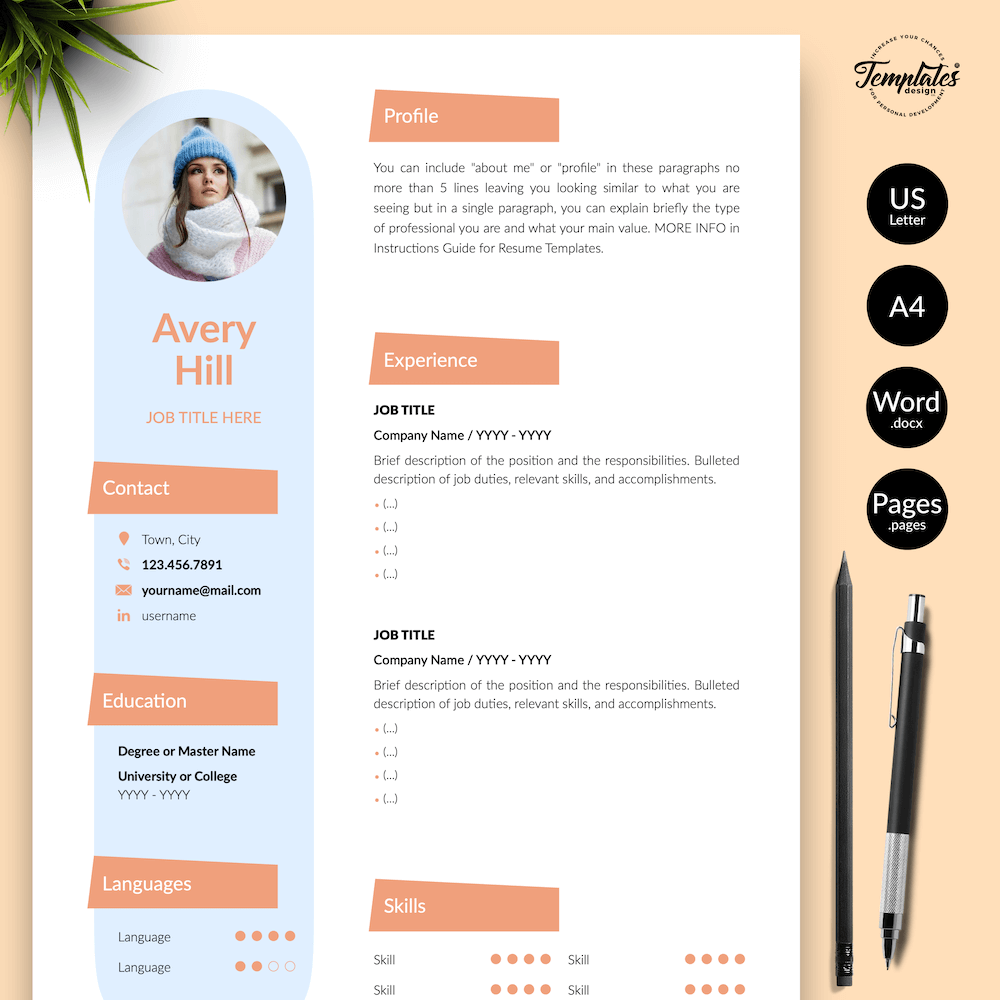
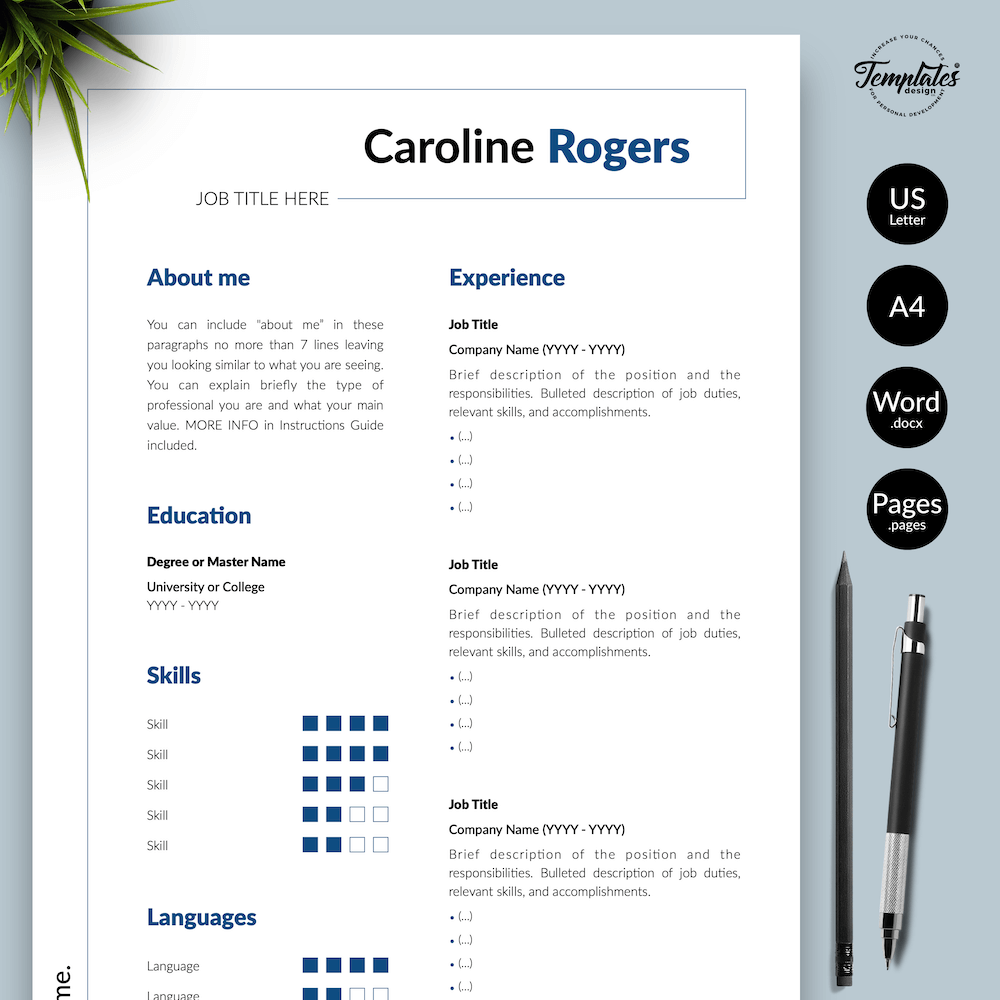
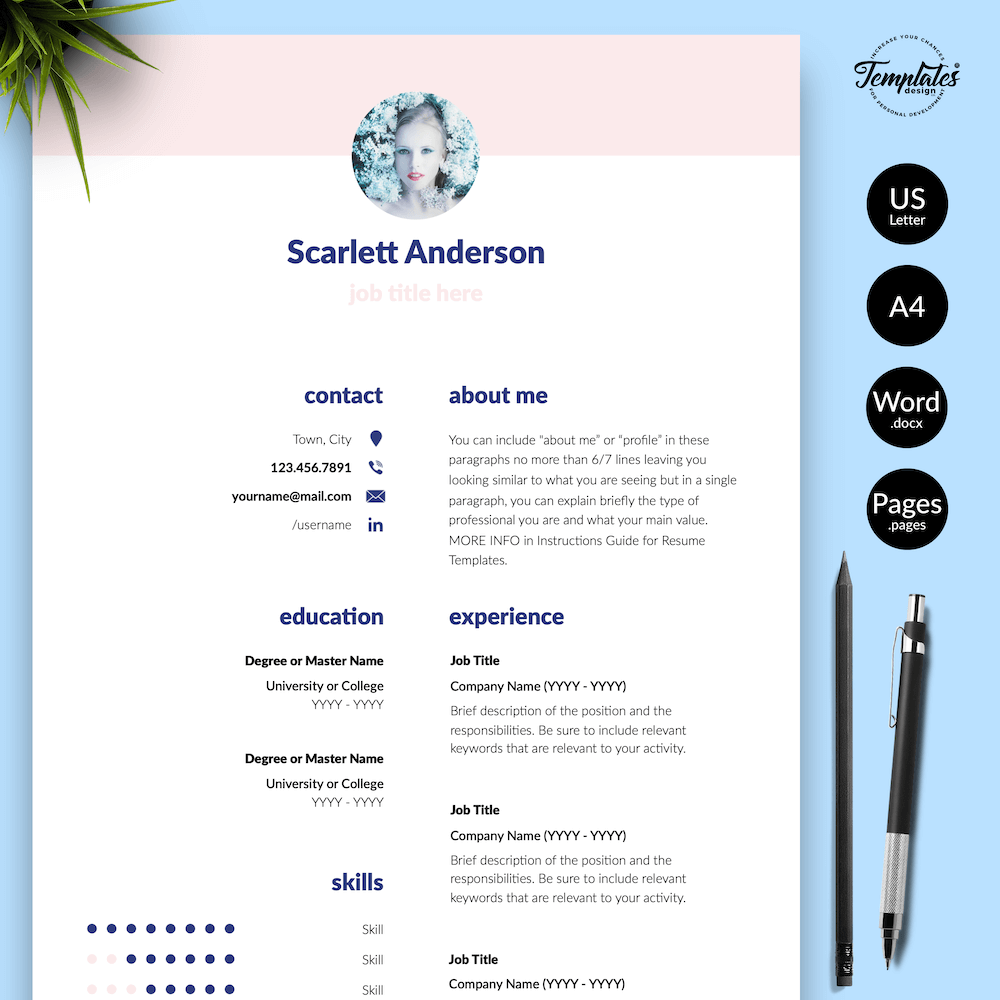

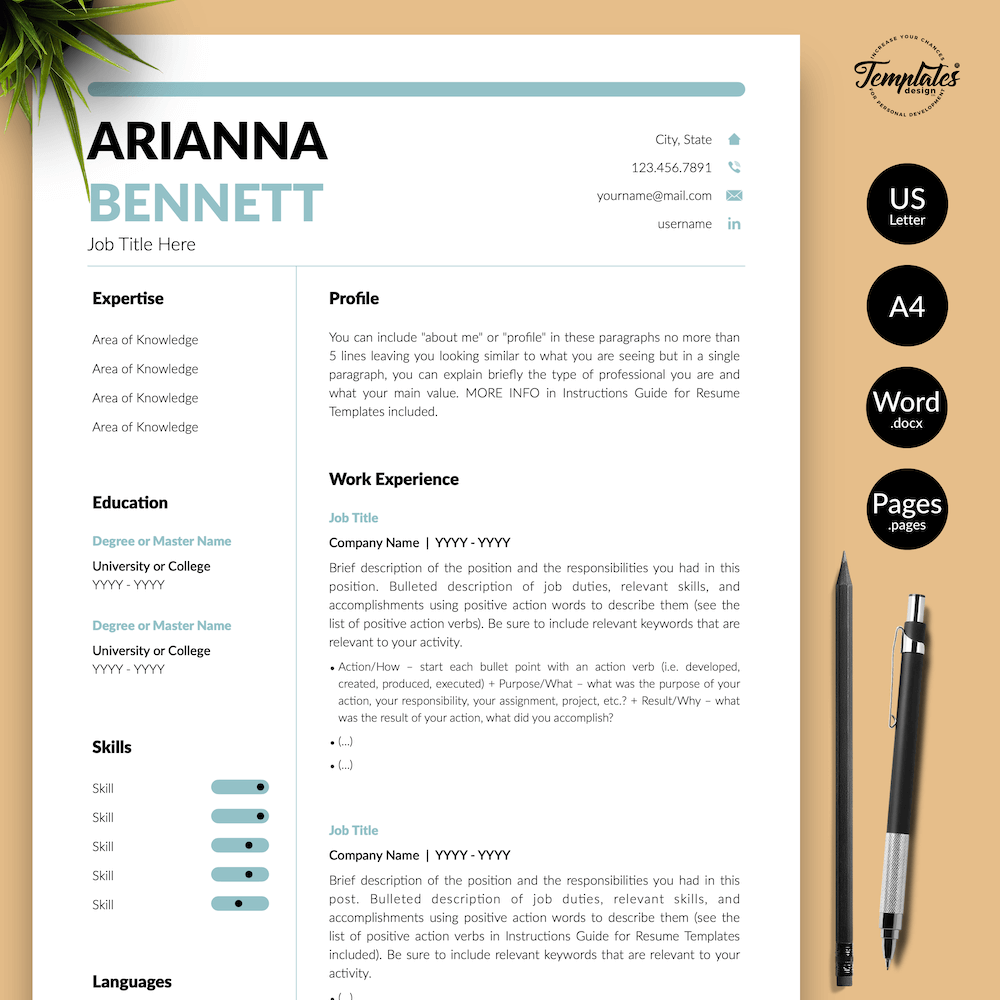
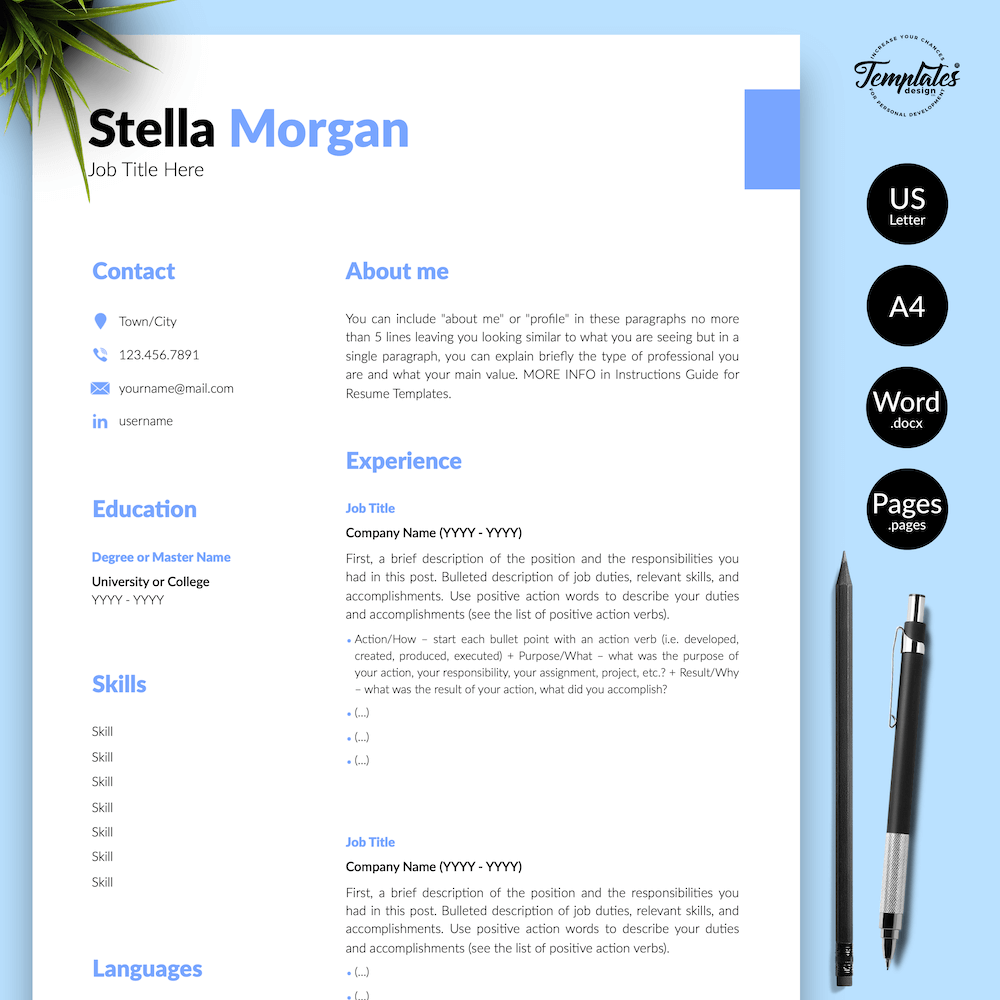

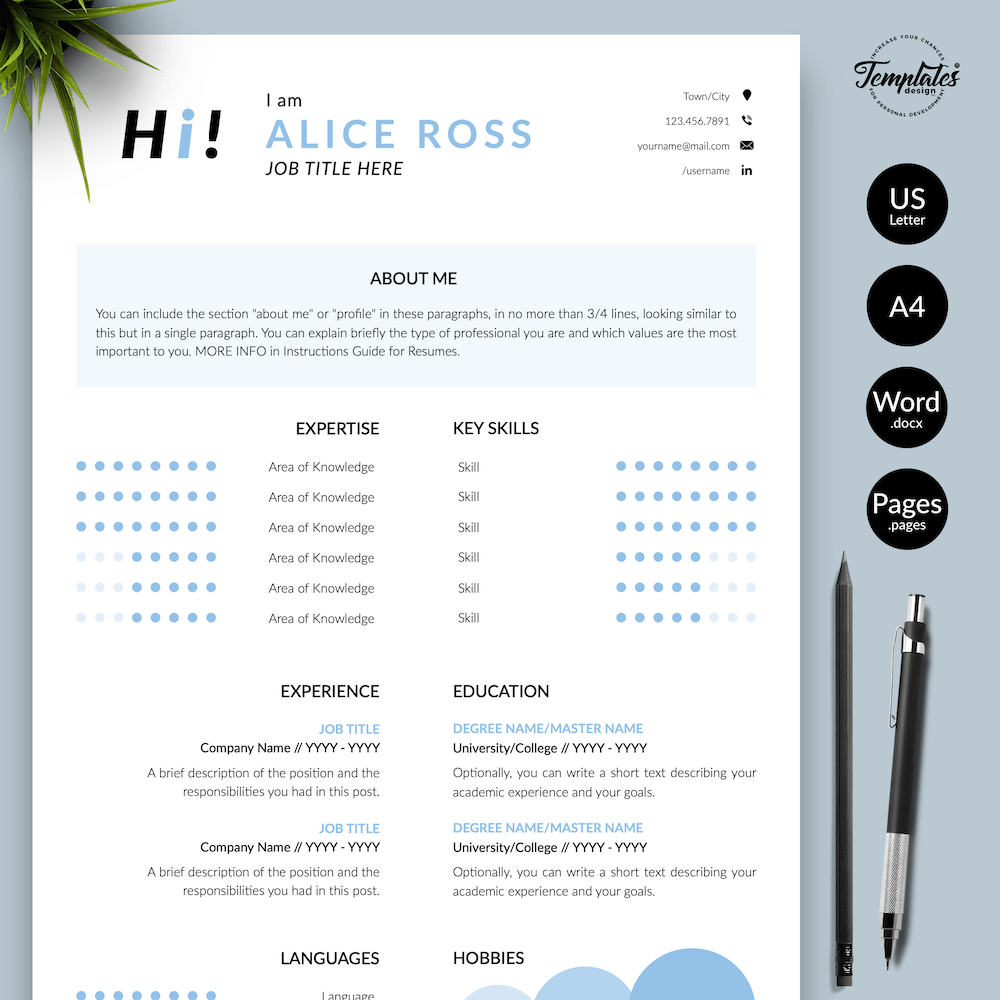

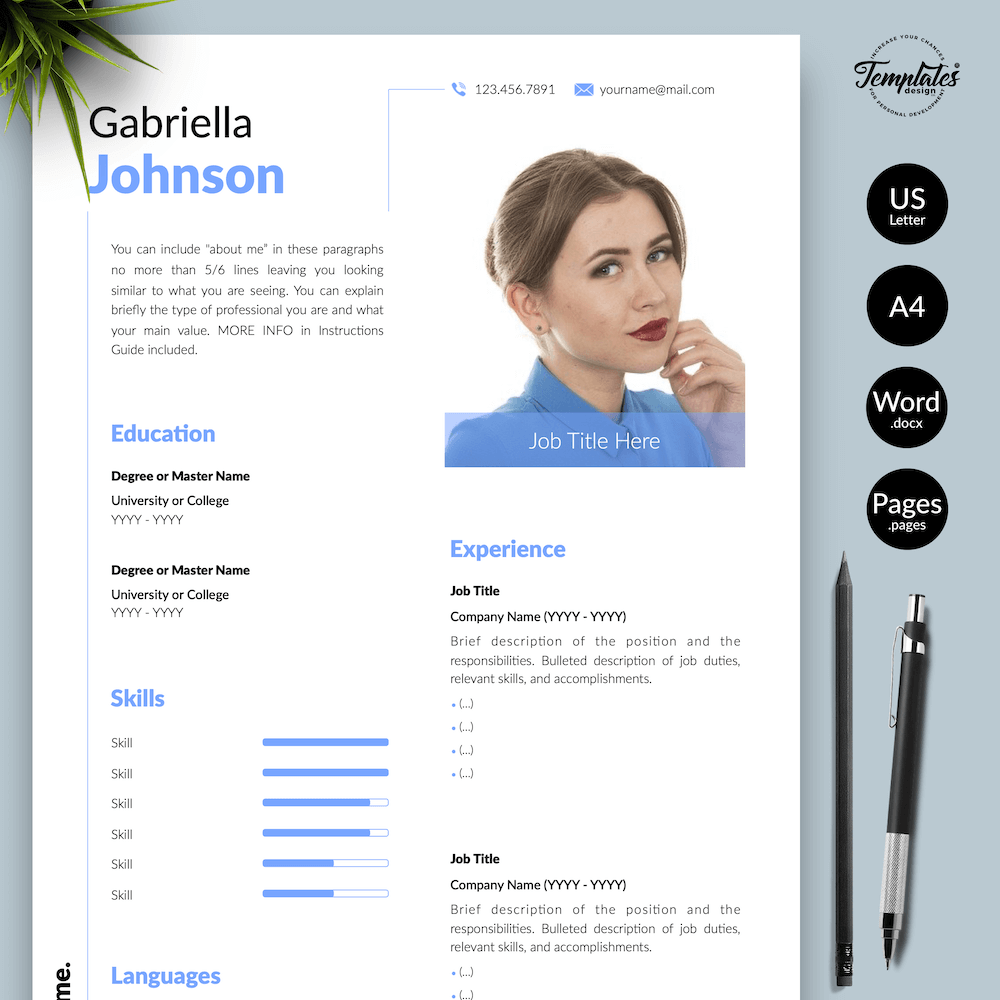
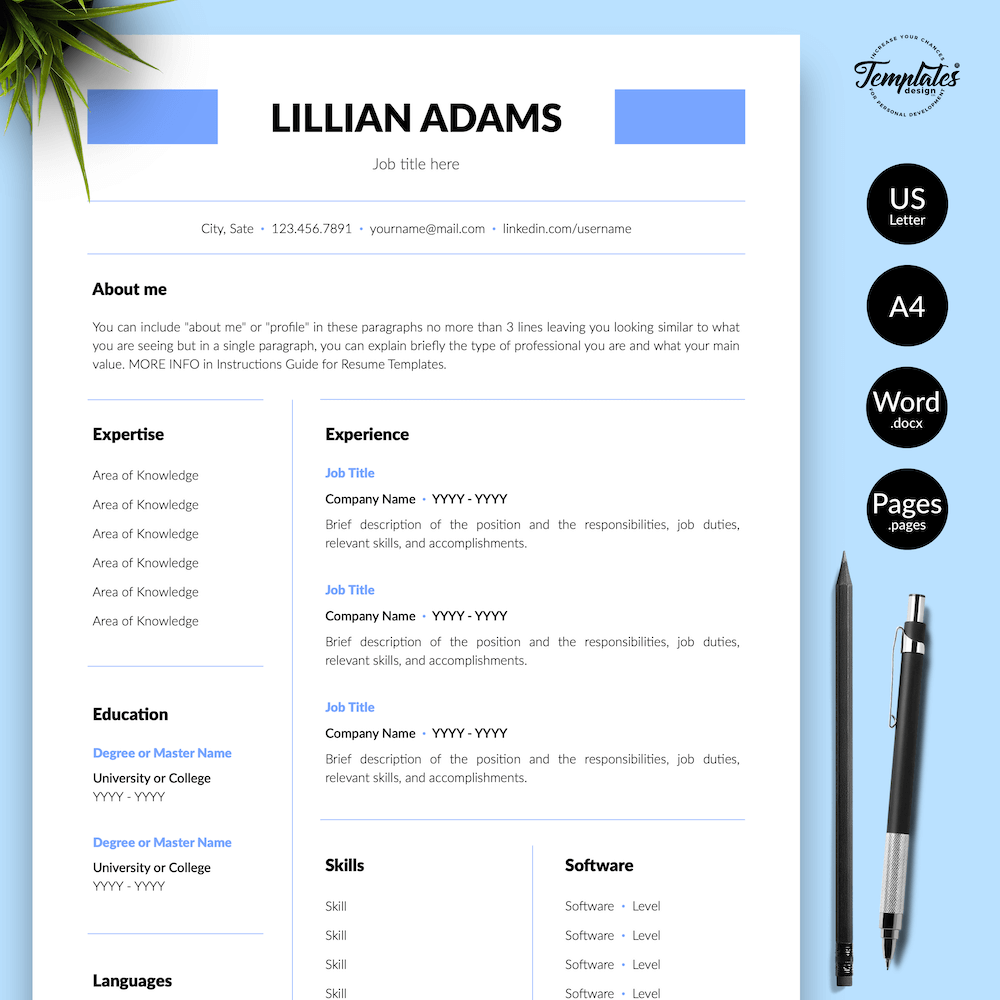
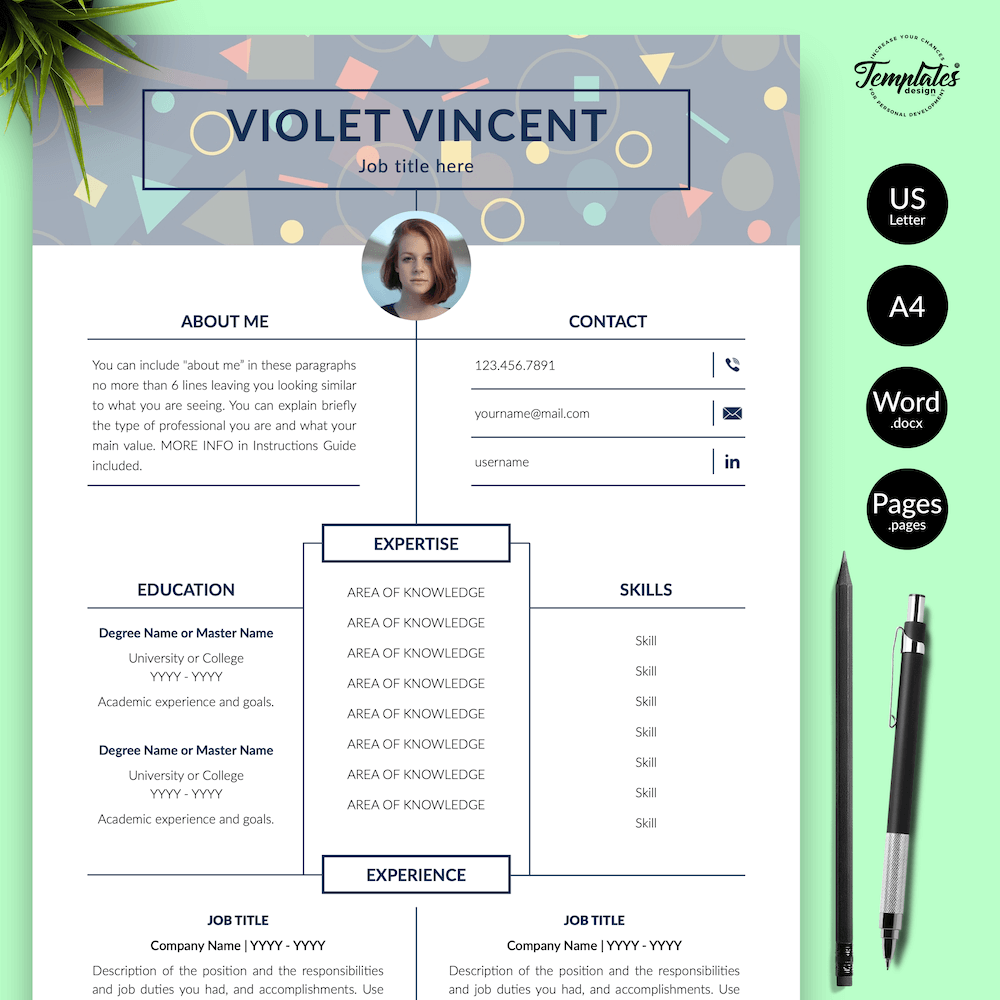
Leave A Comment